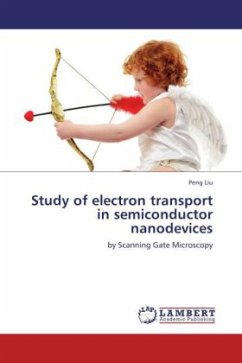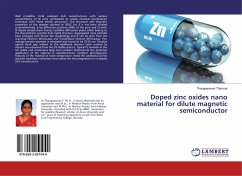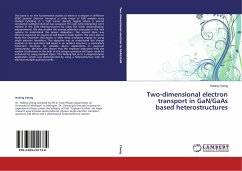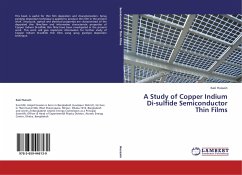Scanning gate microscopy (SGM), developed in the late 1990's, has become a powerful tool to investigate the local electronic properties in semiconductor nano devices. SGM is based on the AFM technique but the metallic tip is used as a movable gate capacitively coupled to the device, and the electron transport property is studied on influence of this gate, providing spatial information with high resolution. This thesis presents the SGM measurement results on various nano devices, all of which are fabricated from InGaAs/InAlAs heterostructures containing a high mobility 2DEG located a few tens of nanometers below the surface. In a work on Braess paradox, with the help of numerical simulations, we discover a Braess paradox effect by modulating a channel width in a 'double-ring' shaped mesoscopic device in analogy with the one that occurs in a classical network. By a detailed study of the conductance changes, we discover several charge traps from the SGM map, and propose a model to interpret the conductance change with the presence of charge traps. We develop a method to directly image the charge traps by transconductance measurements with a voltage modulation on the tip.
Bitte wählen Sie Ihr Anliegen aus.
Rechnungen
Retourenschein anfordern
Bestellstatus
Storno








